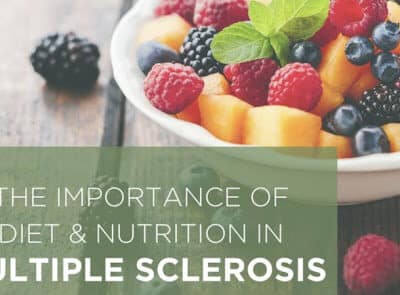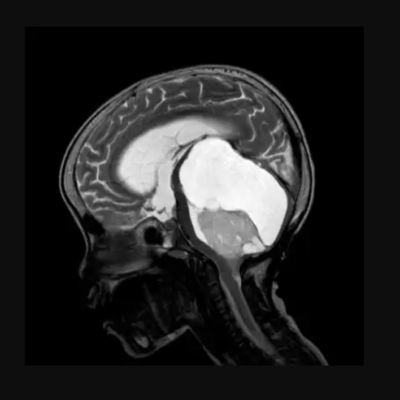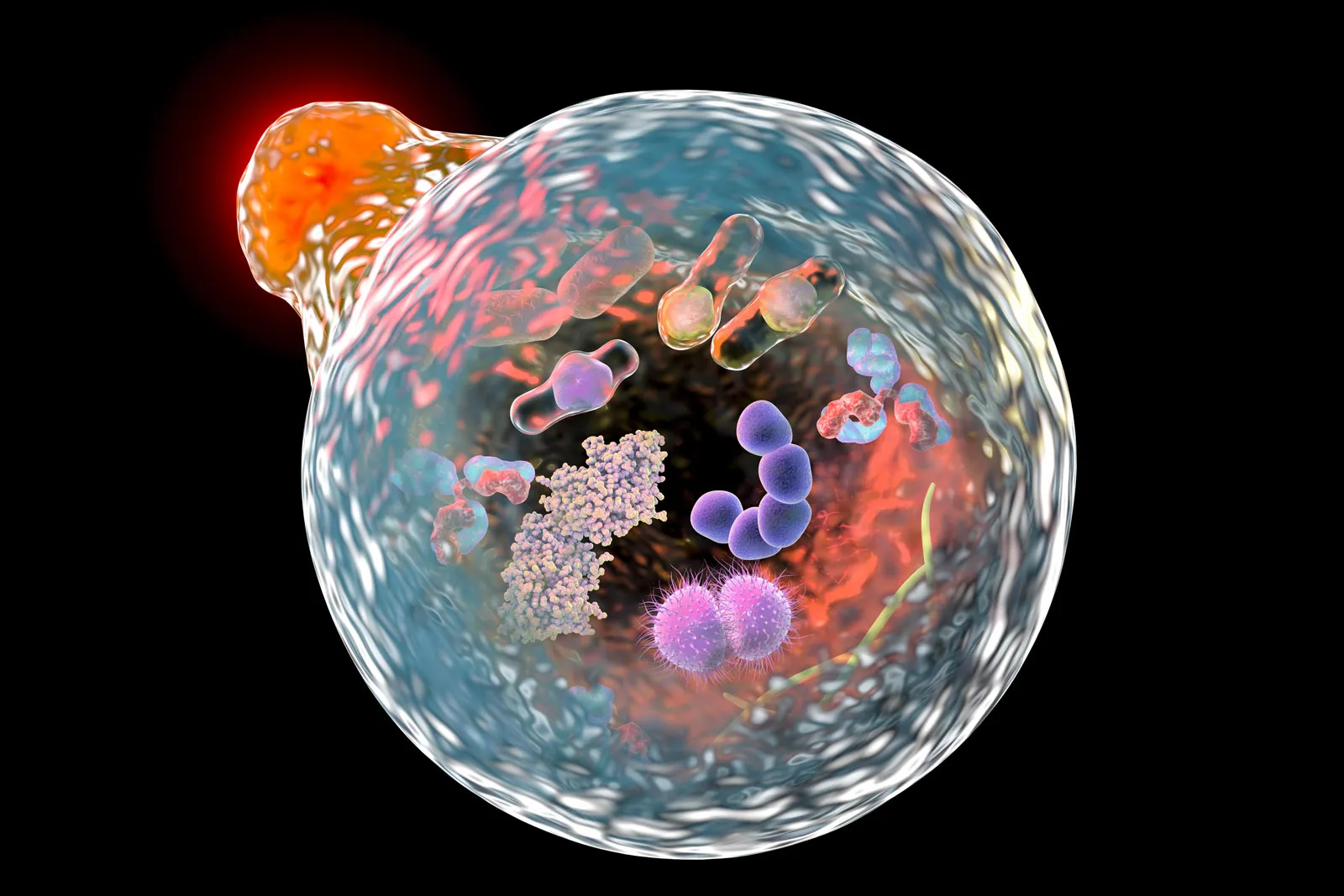Article Topic: Cholinergic Agonists
Author: Mohammad Khader Altal
Keyword: Cholinergic, Nicotinic, Muscarinic, Agonist
Scientific Editor: Marah Bassam Akhdar
Linguistic Editor:
Overview:
Cholinergic receptors are the receptors that bind the neurotransmitter Ach. They are the main receptors on the preganglionic fiber of both SNS & PSNS and on the postganglionic fiber of the PSNS. Also, they are found at the neuromuscular junction of skeletal muscles and the postganglionic neuron of sweat glands which are part of the SNS.
Cholinergic receptors are divided into two types: Nicotinic & Muscarinic. They differ in their location, formation, and function but they both bind Ach.
In brief :
- Muscarinic R: They are mainly GPCRs that bind Ach & Muscarine and then activate signal transduction pathway to give their effect.
- Nicotinic R: They are ligand-gated ion channels that are composed of five subunits that bind Ach & Nicotine which causes a conformational change to happen to open the channel.
The cholinergic agonist is a substance (drugs) that stimulates (activates) these receptors mainly by two mechanisms: Direct & Indirect:
Direct Cholinergic Agonists:
These drugs act by binding directly to the receptor and exerting their effect they are classified into two groups:
*The first group includes:
-Endogenous Choline Esters(Ach): These ones have no therapeutic importance because they have a very wide action (non-specific) and are inactivated very rapidly by AchE. The action includes:
| Increased | Decreased |
| GIT secretion | Heart rate |
| Intestinal motility (Peristalsis) | Arterioles tone |
| Salivation | Blood pressure |
| Lacrimation | Pupil size(Miosis) |
| Bronchial tone & secretion | – |
| Urinary bladder body tone | Urinary bladder sphincter |
-Synthetic Choline Esters: Include mainly:
- Bethanechol: It has a similar structure to Ach but this drug acts only on muscarinic receptors (doesn’t affect nicotinic receptors) and has a long duration of about 1 hour. AchE do not hydrolyze it but it gets hydrolyzed by other esters. Its major action is on the smooth muscle of the urinary bladder and causes an increased bladder wall muscular contraction and sphincter relaxation. Its side effect:
| Increased | Decreased |
| GIT secretion | Arterioles tone |
| Intestinal motility(peristalsis)=diarrhea | Blood pressure |
| Sweating | – |
| Salivation | – |
| Flushing | – |
- Carbachol: A non-specific drug (affecting both Nicotinic & Muscarinic R) thus it has many S/E. It is a poor substrate for AchE that is why it is degraded slowly by it. This drug has the same action and effect as Ach.
*The second group includes: Naturally Occurring Alkaloids, such as: Pilocarpine: It is a muscarine-specific drug that has a tertiary amine structure which means that it can penetrate the BBB and exert a CNS effect. It is a potent secretion stimulant and used especially on the eye ( given topically) because it induces miosis and accommodation. That is why it is useful in glaucoma and xerostomia. Its S/E include: Blurred vision, brow ache, and could cause night blindness. (1)
Indirect Cholinergic Agonists:
Indirect cholinergic agonists are also called anticholinesterases. They mainly inhibit the enzyme AchE which is responsible for the degradation of Ach NT. They are classified into two groups based on their binding to AchE:
- Reversible Anticholinesterase
- Irreversible Anticholinesterase
In brief, AchE as we said degrades Ach to Choline and Acetate. Therefore, by inhibiting this enzyme, Ach will accumulate in the synaptic cleft and give its effect, thus it indirectly activates the cholinergic receptors (for both muscarinic & nicotinic R).
Reversible Anticholinesterase: These drugs bind reversibly (non-covalently) to the receptors. This group includes:
- Edrophonium: The prototype, this drug is quaternary amine so it cant penetrate the BBB and has a short duration of action(10-20). Thus, it is useful in diagnosis, not treatment. It is used for the diagnosis of Myasthenia Gravis disease (an autoimmune disease where there is a destruction of the nicotinic receptors on the NMJ).
- Physostigmine: This drug is a tertiary amine drug that can penetrate BBB and give a CNS effect. It has an intermediate duration of action. Usually, it’s used with constipation or urine retention to induce muscle contraction and with the treatment of anticholinergic drug toxicity such as: Atropine. Usually its S/E rise with high doses. It can cause convulsions as it can penetrate BBB, bradycardia & hypotension, and skeletal muscle paralysis especially in high doses.
- Neostigmine: It is similar to physostigmine but it is a quaternary amine thus it doesn’t have a CNS effect and its effect is concentrated on the NMJ. That is why it is used for the management of Myasthenia Gravis symptoms. Its S/E are the same as systemic cholinergic stimulation which include: Diarrhea, salivation flushing, etc.
Irreversible Anticholinesterase: These are synthetic organophosphate compounds that are usually used as either antiacid (such as malathion & parathion) or in the biological warfare (Sarin gas/nerve gas) because they are very toxic. They bind irreversibly (covalently) by a phosphate group so their effect is very long-lasting. Note that covalent bonds need time to stabilize (increase bond strength) and this is called aging. A drug with therapeutic use is called Echothiophate.
Echothiophate: It binds covalently to AchE by phosphate group and inactivates it permanently. Its therapeutic use is in glaucoma but it is rarely used now because it has a very wide/generalized effect on the body. Its S/E are the same as systemic cholinergic activation and paralysis and may cause convulsions.(2)
Reactivation of AchE:
As aforementioned, covalent bonds need time so if the bond stabilizes the only way to restore AchE function is to synthesize a new AchE enzyme. However, if the bond has not aged yet, an enzyme/drug called Pralidoxime can be used.
Pralidoxime (2-PAM): It can restore AchE before aging by displacing the phosphate group. Thus, it can reverse the peripheral effect of organophosphate toxins but not the CNS effect because it cannot penetrate the BBB. Note that at high-doses Pralidoxime can cause similar side effects to other AchE inhibitors.
References...








